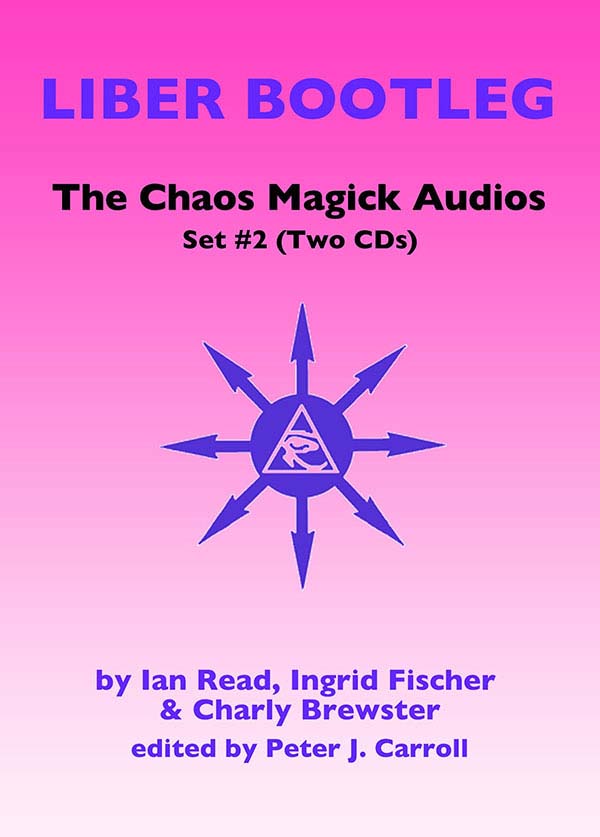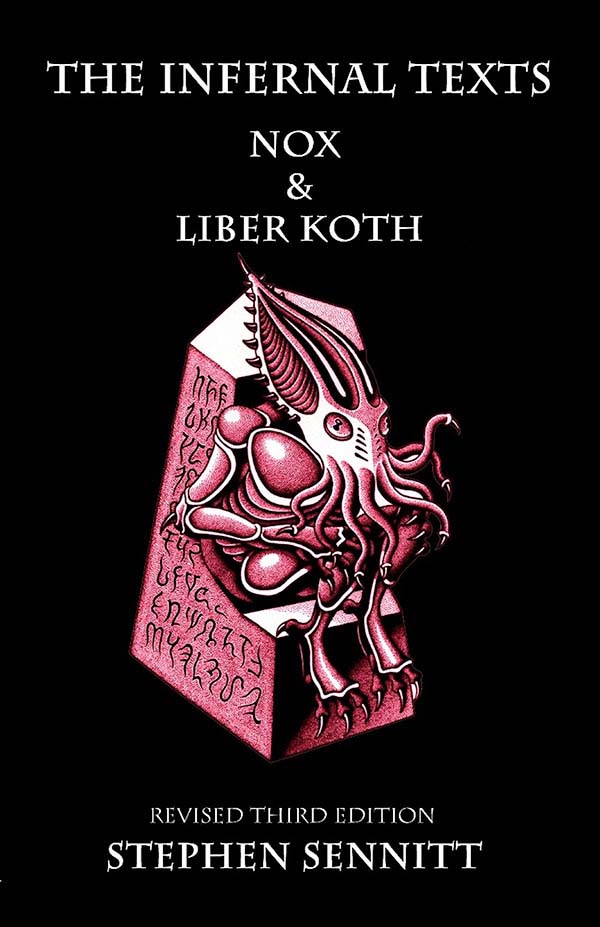Dynamic Ritual
Introduction
Aleister Crowley defined the objective of ritual in terms of the uniting of the Microcosm with the Macrocosm. This is a somewhat broad definition, but one that would be generally recognised by magicians in theistic cultures worldwide. According to Hindu magical doctrine, for example, the purpose of ritual is to use special techniques to make contact with the higher states of being which we call gods, and other supernatural beings who can guide and assist us in our efforts to progress. The different worlds are in harmonic relation to each other; and through ritual action, they can be made to respond, just as a stringed instrument will respond when one of its harmonics resounds. Ritual, a combination of sound, forms, rhythms, gestures, flowers, lights, incense and offerings carries the operator toward the world of the divine, whilst the deity, also enchanted, is brought nearer. Ritual is thus a bridge to establish and maintain this contact.
In less prosaic terms, the aim of ritual is to focus the awareness of the participants in particular ways, according to a previously-defined schema. Again, this definition is necessarily broad, since there are a great many approaches to, styles of, and categories of ritual practice; from full-blown ceremonial magic utilising robes, banners, and props carefully arranged to represent a particular magical system, to on-the-spot improvisation. The latter may be just as effective as the former; power — as arises from skill — resides in the ritualist, not the words, gestures or symbols alone.
By performing ritual, we enter a space in which all normal limitations on the barriers to what is possible are swept aside. A space in which we are reminded of all that is mysterious and awe-inspiring, if only momentarily. A space where we might conspire with Gods or dance with demons.
Are Rituals Necessary?
Whilst most magical traditions contain some element of ritual, it should be understood that ritual practice is but one aspect of magic, albeit a popular one. Like any other approach to magic, ritual can be extremely efficacious if used wisely, but equally, its effectiveness is greatly reduced if the practitioner becomes 'locked' into a repetitive pattern or approach to it.
There are arguments both for and against the practice of ritual magic. One popular argument is that ritual is unnecessary — that if one has developed magical skills, then one can "do everything in one's head," or "on the astral." Both these viewpoints contain a grain of merit. It is possible to bring about magical results without recourse to ritual procedures. This is known as Empty-Handed magic. Equally, one can enact rituals on the astral without any physical props or actions. However, such arguments often reveal more about their exponents than anything else. I often feel that arguments that you can do magic entirely in your head or on the astral reflect a certain contempt (or disassociation) from physical experience. The belief that the astral worlds are more refined, more 'spiritual' than dreary old 'mundane reality' is attractive for some people, who tend to try on a kind of magical one-upmanship. Unfortunately, if your magical work has few connections with your physical circumstances, it is all to easy to drift off into the astral dream that you are a mighty magus — as Shakespeare put it, a "king of infinite space."
For me, the crux of the matter is that ritual magic is fun. Moreover, ritual magic is a skill. A magical ritual is more than the sum of its parts. Ritual has elements of performance, and its own psychology; yet it would be a mistake to consider ritual to be merely psychodrama. Ritual can be broken down into the arrangement of sensory cues, voice technique, gesture, visualisation, movement, symbolism, role-shifting and trance induction, yet it is more than any of this. Unaccountably, rituals, when performed, create an atmosphere — a space — in which something mysterious and wonderful may happen. If nothing else, ritual demonstrates how little we know of our potential, of ourselves, and the world through which we move.
What Constitutes A Ritual?
We can identify events such as the Japanese Tea Ceremony as an example of ritual behaviour, although it is certainly different in content and purpose to the Catholic Communion Mass. The cues that we can identify in order to distinguish ritual from non-ritual behaviour are often subtle degrees of emphasis. Changing from one set of clothes to another can become a kind of ritual, particularly if your movements become overly stylised and you become aware that by changing clothes in this fashion, you are changing some aspect of your awareness in accordance with a particular desire or aim. Hence ritual serves to focus attention. The difference between a normal gesture and a magical gesture (i.e., one in the context of a ritual or other magical action) is one of deliberation and emphasis. For a simple example, try the distinction of simply taking a drink from a cup and then making that action a formal toast. The action is the same — the difference comes in the way you do it, and your awareness of the deliberateness of your movements. To understand how group ritual can build up a particular atmosphere try the same exercise with a group of people. First everyone takes a drink as he would normally. Then each person in turn, makes the actions of a formal, deliberate toast. The point is that if you do any action, however seemingly mundane, in a deliberate way, it feels different. When a whole group of people perform that action, it takes on another degree of distinctiveness.
Another core element of ritual which is related to attention and deliberateness is that of sequence. Rituals often follow, or contain, particular sequences of actions and events. The repetition of actions is considered a key element in psychological definitions of ritual. For example, repetitive hand-washing behaviour can be explained as an unconscious ritual to ward off anxiety. Repetition can be a powerful technique in ritual — in the chanting of words or phrases, the repetition of movement, gesture, dance steps etc. — which I will explore in due course. For the moment however, let us concentrate on sequencing. Magical rituals tend to follow a pre-defined sequence, which, at its most simplest, is a beginning, a middle, and an end. A rather obvious point you might think, but the recognition of where and when a ritual begins or ends is not always clear. If we recognise that a key to understanding rituals is that they have a distinct quality of experience to them, then we need to pay particular attention to how the transition is made both towards and away from that quality. It is common for modern magicians to begin rituals with a sub-ritual (complete in itself) which marks the opening and closing transitions of a ritual event. This is generally known as the Banishing Ritual, and I will look at this specific form of ritual more closely later.
What can be done with ritual?
Ritual Magic can be used for:
- Self-Change
- Sorcery
- Insight
- Meditation
- Celebration
- Psychodrama
- Demonstration of technique
- Momentary suspension of embedded rules
- Work with particular God/Goddess-form
- Grounding oneself
- Focusing on a specific issue/task/problem
This list is by no means exhaustive, it is simply to give you an idea of the possibilities.









